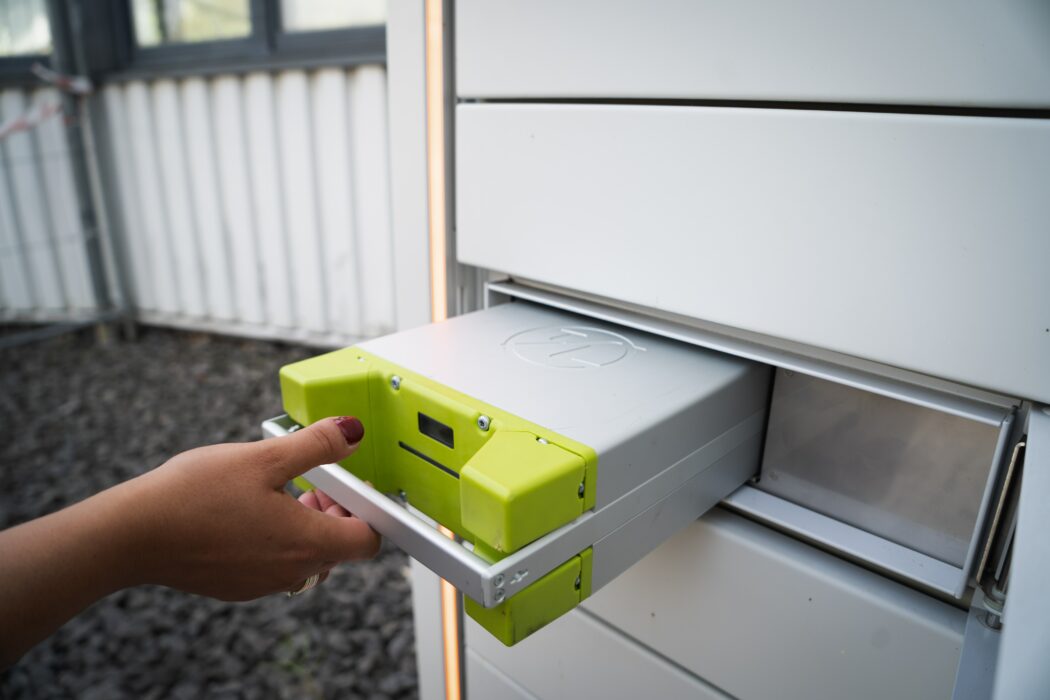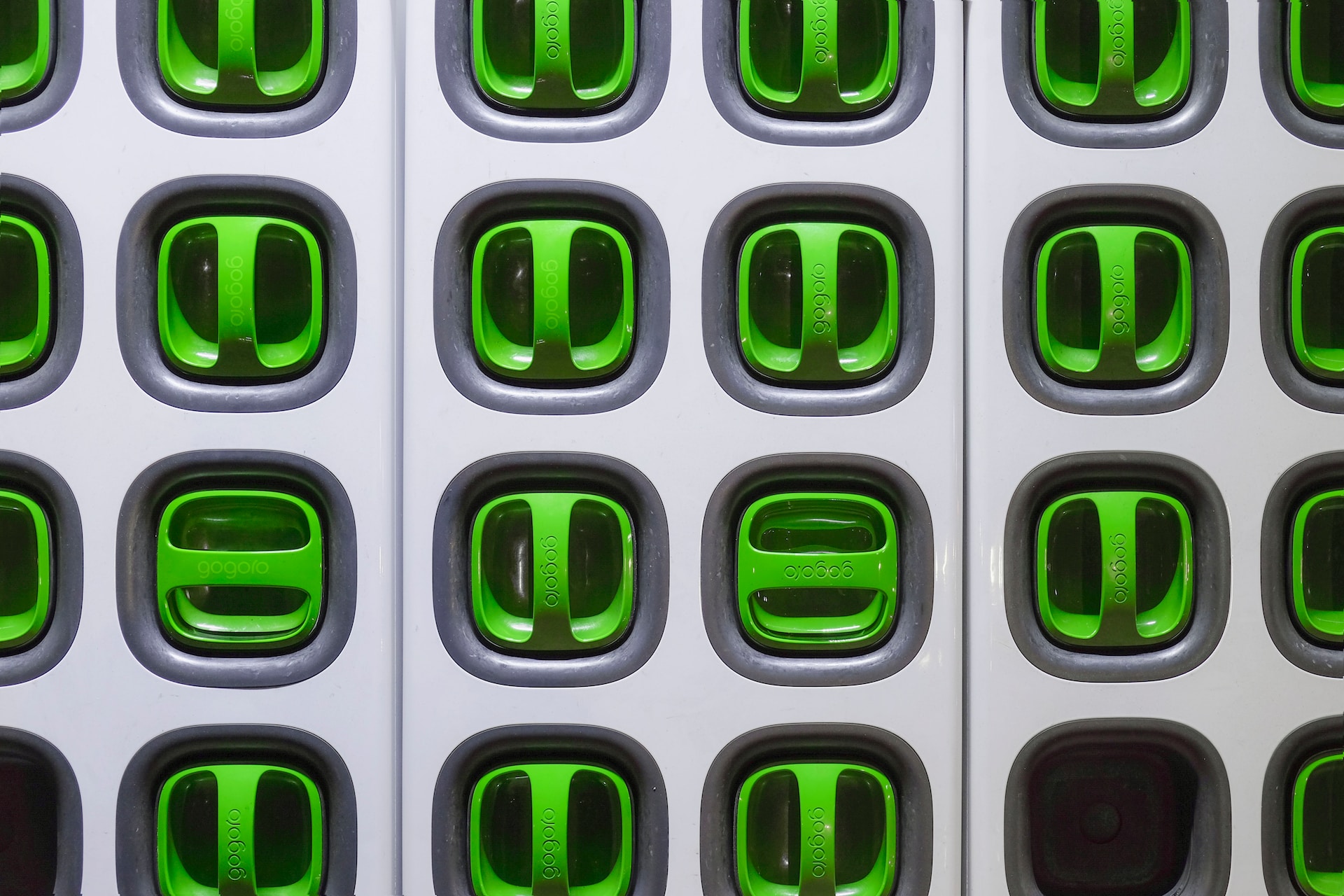The difference between lead acid batteries and lithium batteries
Lithium batteries are gradually replacing lead-acid power sources due to their improved technical and operational characteristics. At the same time, in a number of areas, such as the automotive industry, traditional batteries are stubbornly resisting the “expansion” of their modern counterparts. For what reason this happens, what are lithium and lead-acid batteries and how they differ, we will examine in this review.
What are lead-acid batteries?
Lead-acid battery – a popular variety of batteries, characterized by a moderate cost, good life and high power density. Power cells based on them are used as part of starter systems of vehicles, emergency and standby power sources.
The principle of operation of conventional batteries is based on the electrochemical process of reaction of lead and aqueous sulfuric acid solution. Energy accumulators of this type consist of electrodes and separating plates, which exclude short circuits and are not exposed to chemical influences. Electrodes in the form of flat lattices of lead and lead dioxide are in an electrolyte – a mixture of distilled water and sulfuric acid.
What are lithium batteries?
A lithium ion battery is a type of battery widely used in electronics, electric vehicles, and energy storage devices. Almost all modern gadgets – smartphones, laptops, digital cameras and other, are equipped with this type of power sources.
Lithium-ion batteries (Li-ion), depending on the device and their chemical composition, are divided into several types – lithium cobalt (ICR), lithium manganese (IMR, INR), iron phosphate (LiFePO4, LiFe, LFP, IFR), lithium titanate (LTO).
A lithium-ion battery consists of electrodes (cathodes are made on aluminum substrate, anodes are made on copper foil) and an electrolyte separator. The device is placed in a sealed case, the electrodes are led out by means of terminals. Most products are equipped by default with voltage converters.

The main differences are
Lead-acid batteries have long dominated in various autonomous systems. In recent years, lithium-ion technology has become the reasonable choice for most manufacturers and users of mass-produced equipment.
Price
The initial cost of lithium energy storage is significantly higher than the price of traditional power sources. At the same time, lithium-ion batteries have excellent cost reduction potential because the technology is constantly evolving. If you compare the energy storage costs of these two types of devices over their entire lifespan, the result does not look so unambiguous.
Lithium cells outperform lead-acid cells by about 6 times in terms of charge-discharge cycles at a significant cost. At the same time, Li-ion devices require less maintenance and are resistant to irregular charging, which pays for their significant price tag. However, when calculating the depth of discharge and typical number of charge-discharge cycles over a lifetime, inexpensive lead-acid batteries perform theoretically better.
Capacity
Lithium ion batteries are about three times lighter and half the volume of their lead-acid counterparts. Lithium batteries have a higher density and can store more energy than lead-acid batteries.
Although high energy density is not crucial for stationary applications, it is one of the most important factors for autonomous gadgets and electric cars.
Depth of discharge
All types of autonomous power sources are subject to over-discharge and extreme temperatures. Lead-acid batteries are more sensitive to overloading and are damaged if discharged too quickly or too deeply. These devices can fail if the discharge rate is more than 50 percent of maximum and if the discharge current exceeds 1/8 of their capacity.
Lithium-ion batteries can be discharged at 80 to 85 percent with virtually no loss of capacity. Lithium batteries also lose less capacity when subjected to similar cycling.
Efficiency
The efficiency of a lead power source reaches 80-85 percent when properly operated. For example, if 100 watts of energy are used to charge a battery, the cell will give no more than 80-85 watts when discharged.
In the case of lithium-ion batteries, the parameter is close to the maximum values and is 95-97 percent. That is, virtually all the energy expended in charging is returned when the load is connected.
Lifetime expectancy
The life expectancy of lithium-ion power sources is several times (two to five, depending on the model) longer than that of lead-acid batteries. With the number of full operating cycles for a typical lead-acid battery not exceeding 300 times, the analogous parameter for a lithium-ion battery is 2 to 2.5 thousand. The more reliable lithium cells are much less likely to need to be replaced, which saves significantly on the budget by reducing operating costs.
Lithium-ion sources are able to function in a wide temperature range – they are charged at 0-50 degrees and discharged from -20 to 60 degrees. This advantage ensures a long service life of this type of batteries. The temperature operating range of lead-acid devices varies around -40…40 degrees.
Conclusion
The difference between lithium and lead-acid batteries is quite significant. The former surpass the latter in many parameters – capacity and energy density, depth of discharge and charging speed, efficiency with an efficiency factor of more than 95 percent and life expectancy. At the same time, lithium batteries are more expensive and cannot withstand low temperatures and self-discharge.
